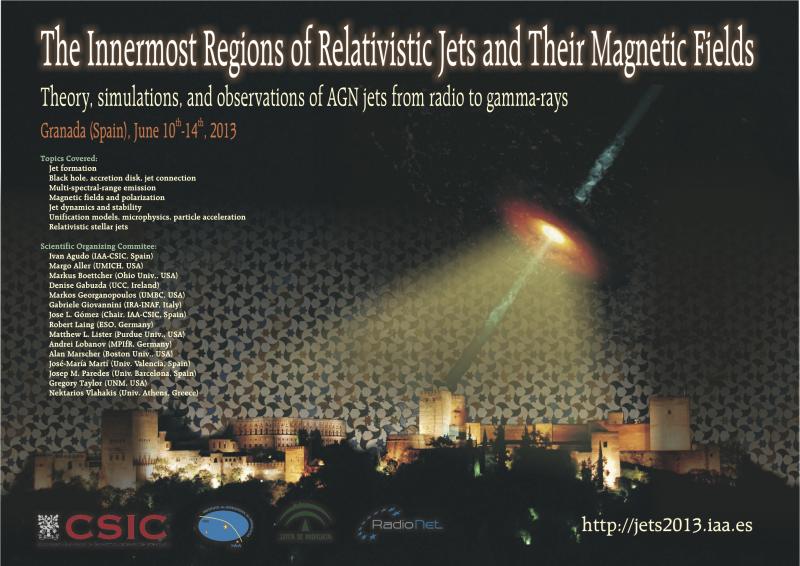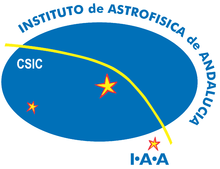The Innermost Regions of Relativistic Jets and Their Magnetic Fields. Granada (Spain). June 10th-14th, 2013.
Nagai, Hiroshi
Probing the Radio Counterpart of Gamma-ray Flaring Region in 3C 84.
Author list: Hiroshi Nagai, Monica Orienti, Motoki Kino, Kenta, Suzuki, Keiichi Asada, Akihiro Doi, Gabriele Giovannini, Marcello Giroletti, Jun Kataoka, Filippo D'Ammando, Takafumi Haga, Makoto Inoue, Anne Lahteenmaki, Merja Tornikoski, Jonathan, Leon-Tavares, Seiji Kameno, Uwe Bach
3C 84 is the bright radio source associated with the radio/elliptical galaxy NGC 1275 in the Perseus cluster. Its proximity (z=0.0176) makes it a unique laboratory to study the jet physics and circumnuclear environment in close vicinity of the super massive black hole at multiwavelengths. This source is particularly important in the context of gamma-ray production in "misaligned" AGN with a moderate beaming, thereby allowing us to study the similarity and difference with the gamma-ray production in highly beamed blazars. By making use of the data by single dish telescopes (Metsahovi and Effelsberg) and VLBI (VERA and VLBA), we have studied a long-term light curve and structural changes in the central sub-pc region. We detected monotonic increase in radio flux density, which is mostly associated with a prominent component C3 ejected after the increase activity in radio band starting in 2005. Although the gamma-ray flaring activities with the timescale of days to weeks were detected by Fermi/LAT twice during our monitoring period, no clear correlation with the radio light curve on this timescale was found. Neither prominent new components nor changes in morphology associated with the gamma-ray flares were confirmed on the VLBI images, a part from the propagation of C3 along the jet. Its apparent speed ranges between 0.1c to 0.5c, which was relatively slower than the typical jet speed observed in typical gamma-ray bright blazars. We will discuss possible scenarios to reconcile jet properties in the radio band and gamma-ray activity.




